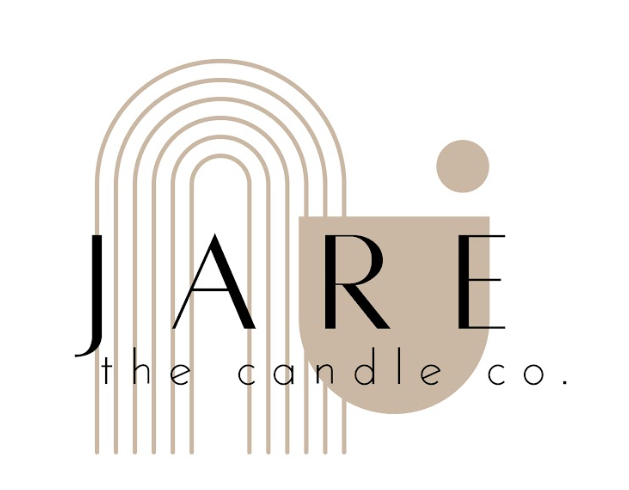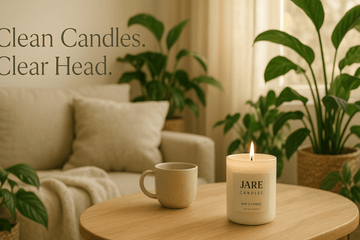Ever lit a candle and felt a headache creeping in?
It’s not just you. For some people, burning a candle can lead to headaches, sinus pressure, or even nausea — and they often can’t figure out why. The truth? It’s not the flame. It’s what’s floating in the air once that candle is lit.
Let’s take a closer look at what’s really inside some candles — and how to choose clean-burning options that let you enjoy scent without the side effects.
Why Do Candles Cause Headaches for Some People?
Headaches from candles are more common than you might think. While scent is meant to enhance mood, the wrong ingredients can trigger the opposite: brain fog, dizziness, or tension behind the eyes. For people with asthma, migraines, or scent sensitivity, even a beautifully designed candle can be the source of a bad reaction.
And the most overlooked culprit? A hidden chemical called phthalates.
The Chemical You’ve Never Heard Of — Phthalates
I had to look this one up : “THAL-ates” (the “ph” is silent).
Phthalates are used in plastics, but they also show up in fragrance oils. In candles, they help scents last longer and spread farther — which sounds great at first. But research has linked some types of phthalates to hormone disruption, reproductive concerns, and respiratory irritation. And yes, some studies connect phthalates with increased risk of headaches and allergic reactions.
In short: when you burn a candle that uses phthalates, you may be releasing more than just fragrance into the air.
It’s Not Just Phthalates — Other Common Triggers
Phthalates aren’t the only thing that can cause discomfort.
- Paraffin wax: Made from petroleum. When burned, it can release benzene and toluene — both linked to headaches and indoor air pollution.
- Synthetic fragrance blends: Heavy florals or overpowering cologne scents can irritate sinuses and trigger migraines.
- Poor ventilation: Burning candles in small or sealed rooms can lead to scent buildup and breathing issues.
- Wick smoke: A low-quality wick or tunneling candle can give off soot and carbon residue — another headache trigger.
Why JARE Candles Are Headache-Free by Design
We know what’s in our candles — and what we’ve chosen to leave out.
Each JARE Candle is designed with clean air and calm energy in mind:
- 🕯️ 100% soy wax (NatureWax C3): A natural, petroleum-free wax that burns cleaner and slower.
- 🍃 Phthalate-free fragrance oils: So you’re only breathing in intentional, non-toxic scent.
- 🔥 Wicks that work with you: Cotton or wood wicks with low soot, steady flame, and minimal smoke.
- 🌿 Balanced throw: Enough aroma to transform your space — but never overwhelm it.
It's why our customers often say, “I usually can't do candles, but JARE feels different.”
What to Look for in a Candle if You’re Sensitive
If you’ve struggled with candles in the past, here’s a quick checklist to guide your next purchase:
- ✔️ 100% soy or coconut wax
- ✔️ Phthalate-free fragrance oils
- ✔️ Cotton or wood wick (not metal core)
- ✔️ No dyes or synthetic colorants
- ✔️ Gentle scent profile
- ✔️ Burn in a well-ventilated room
And of course — test slowly. Try shorter burn sessions at first and see how your body responds.
Burn Confidently. Breathe Deeply.
You shouldn’t have to choose between ambiance and well-being. At JARE Candles, we believe your home should feel like a sanctuary — not a science experiment.
Every candle we pour is made with clean, safe ingredients. So you can enjoy the glow, the scent, and the moment — without second guessing what’s in the air.
✨ Ready to experience clean-burning comfort? Shop our headache-free collection to find your perfect match.







